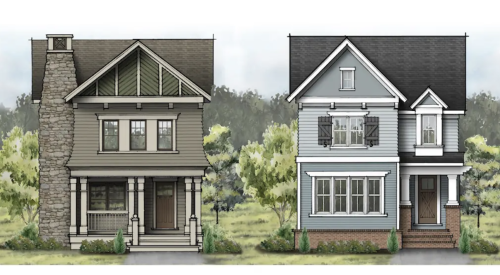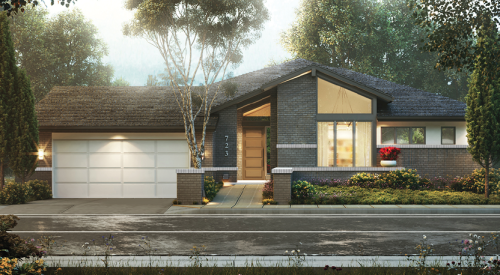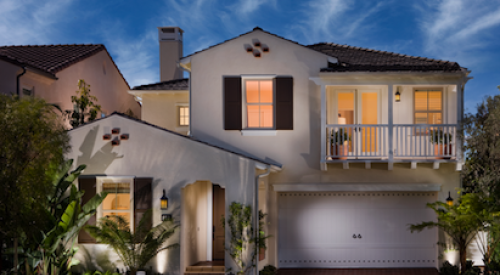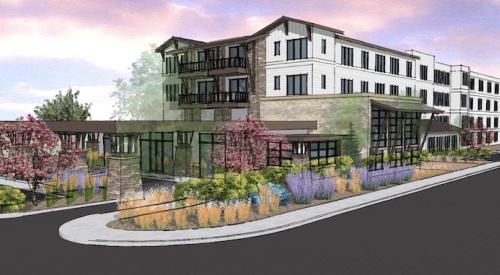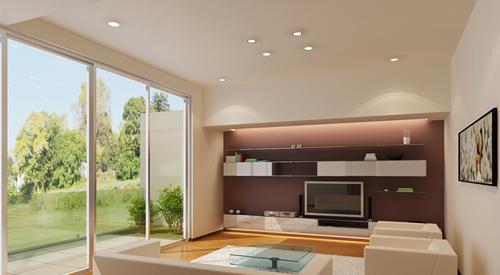If the Boomers were a tidal wave, the Millennials are a tsunami—there are 92 million of them, compared with 77 million Boomers. The Millennial age spread is quite broad, ranging from the teens to the mid-30s, and therefore encompasses everything from singles and first-time buyers to families with children in school. While many are renters, according to Zillow’s 2015 forecast, 42 percent want to buy a home in the next one to five years. Moreover, Zillow’s chief economist, Dr. Stan Humphries, says that by the end of this year Millennials will be the largest home-buying group.
To that I can only say, “Wow! What an opportunity for home builders!” But what does it take to get a Millennial to pull the trigger? Three things are obvious: the home needs to be affordable; it should have an open floor plan; and the living spaces must be flexible, because (as previously mentioned) Millennials are at different stages in their life cycles. In a recent IBS presentation, KGA Studio Architects pointed out that buyers are staying in their homes for longer periods of time. For Millennials, that means homes may serve “from kindergarten to cap and gown.”
Two other interesting points from the KGA presentation: 1) Millennials are highly social and apt to gather at a moment’s notice, so their homes need to accommodate that; and 2) they embrace sustainability, especially energy management. There’s no such thing as too much technology for these buyers.
I think Millennials would be particularly interested in the Honda Smart Home, which was recently built at the University of California at Davis. In addition to such features as radiant in-floor heating and cooling; reclaimed wood for all the trim and furniture; and a setup that diverts runoff water into a bioswale, the demonstration home has the same type of circadian-rhythm lighting that’s used on the International Space Station. This cutting-edge system emits blue light in the morning and orange in the evening. The bedroom lighting produces a warm hue to help relax the family before they go to sleep.
The home is powered entirely by solar arrays, but it’s still connected to the grid. An electric car parked in the garage can actually power the house. The temperature and lighting are controlled by three iPads stationed around the home and a smartphone app.
Circadian-rhythm lighting and cars that can power a house are a bit too far in the future for builders, but open floor plans, flex spaces, and smart-house technology are right here, right now. It remains for the housing industry to find ways of making it affordable.
Photo: Pixabay


